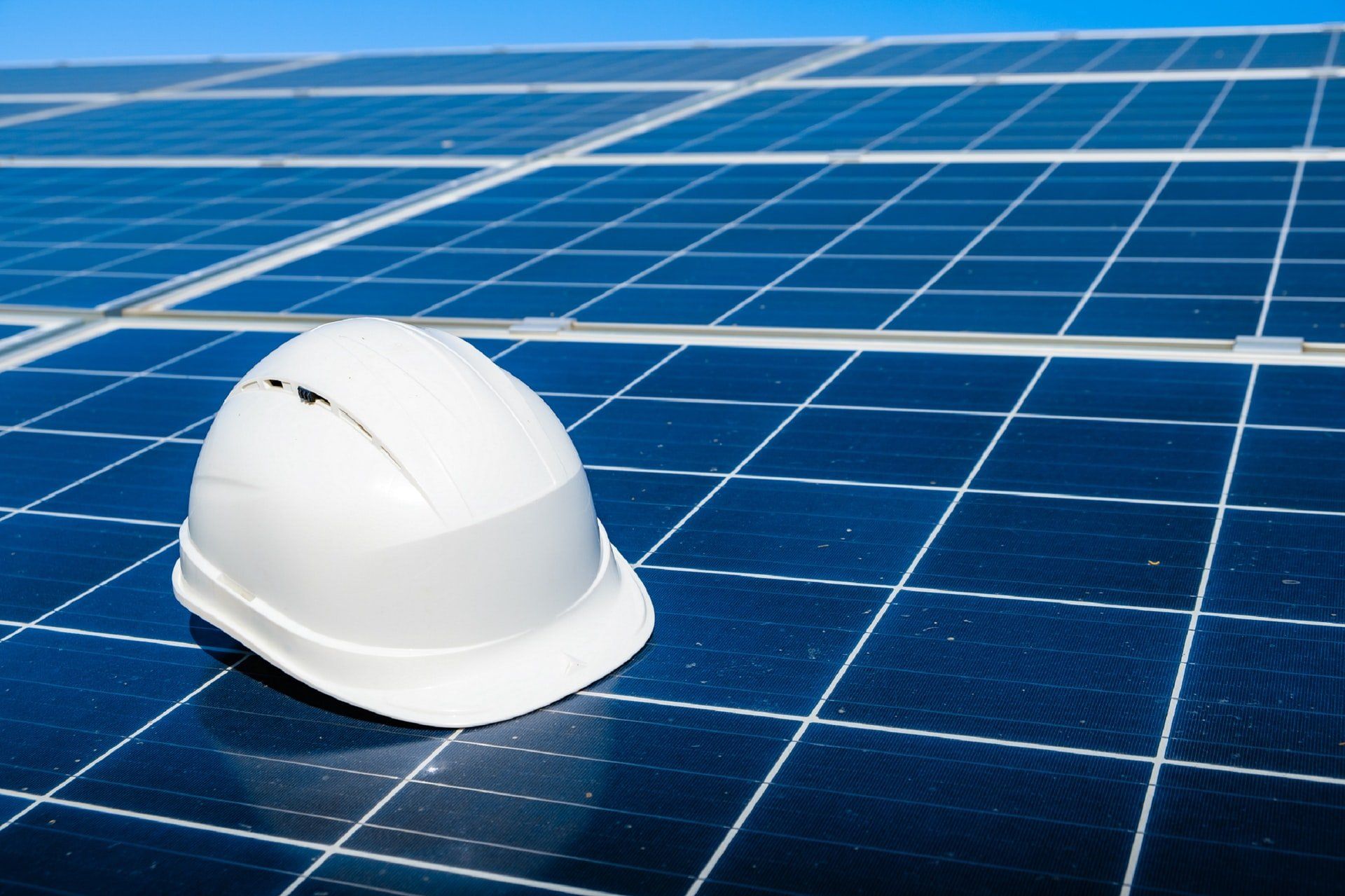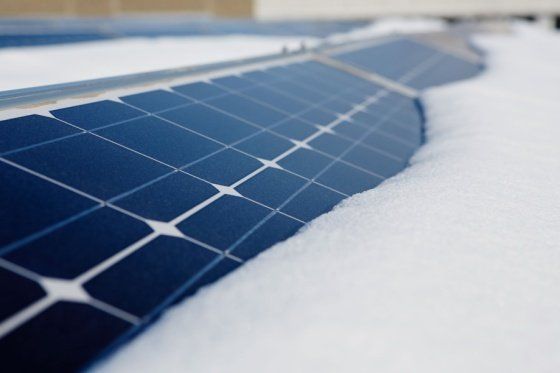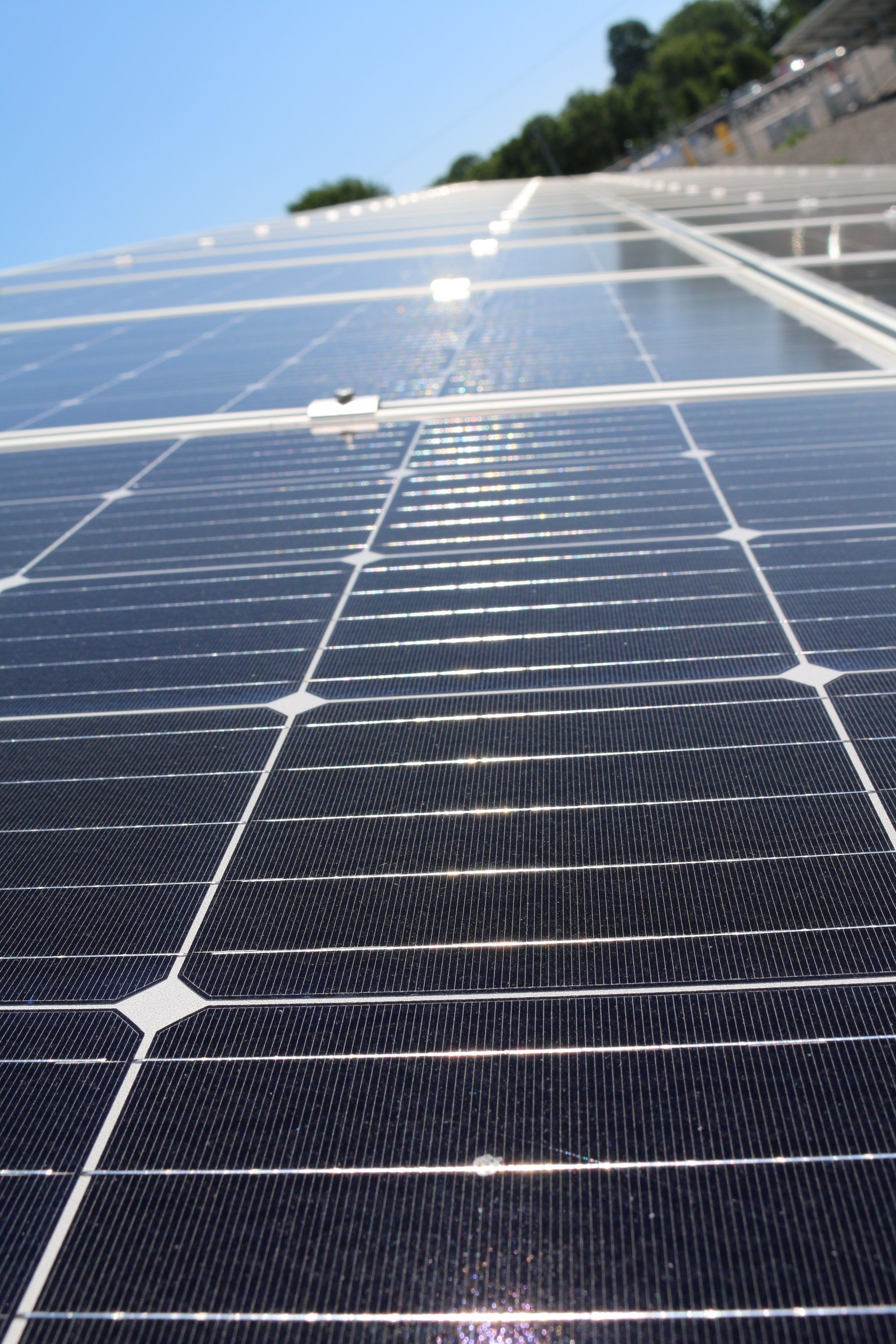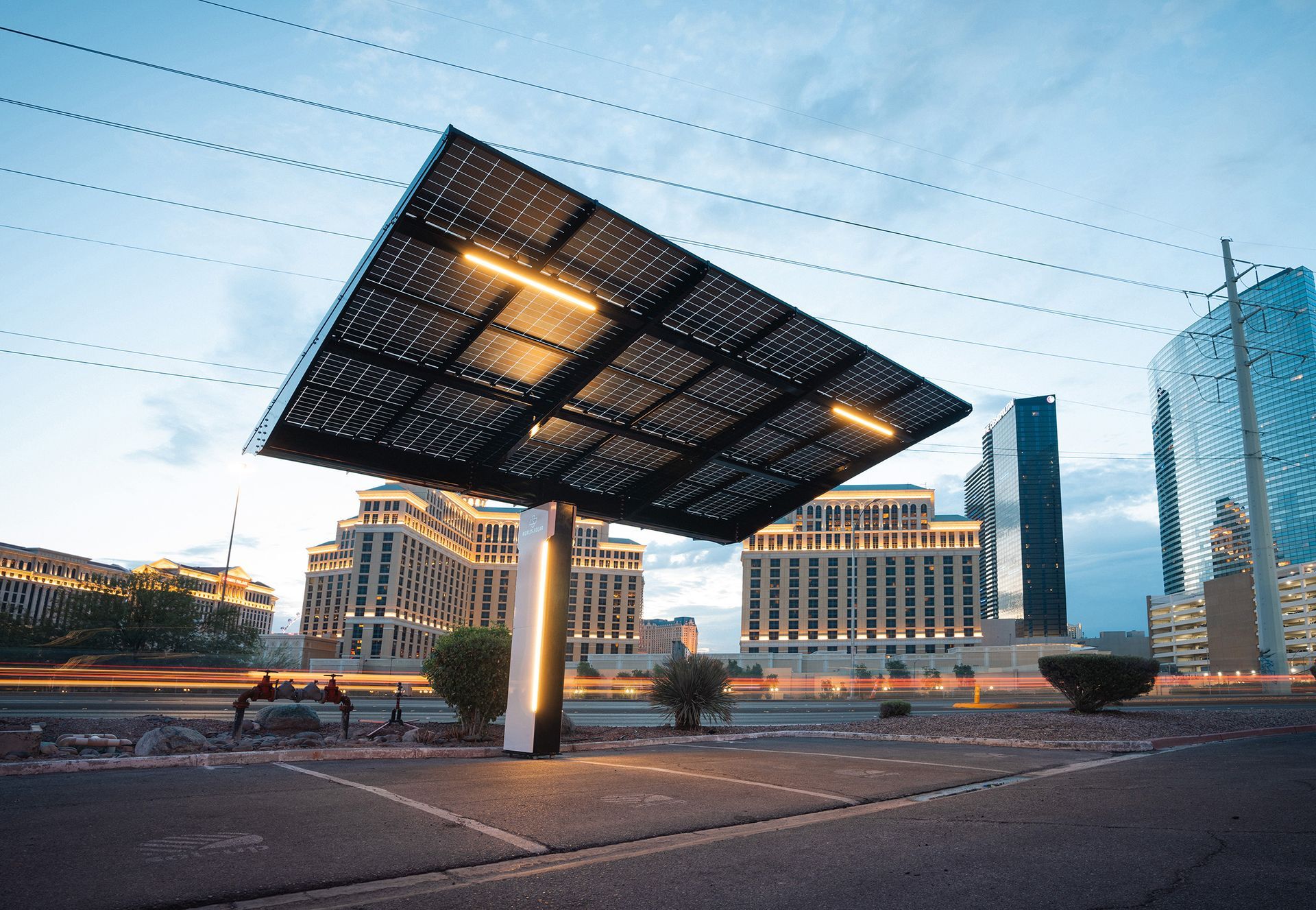What Is Net Metering & Why Should I Care?
While some people use a solar panel and battery storage to go completely “off the grid,” most households that install solar systems actually remain connected to their utility provider. This ensures that they can still enjoy power at night or on rainy days when panels aren’t producing enough energy. To make this work, these grid-connected households rely on a system known as net metering. Here’s what you should know.
What is Net Metering?
Net metering is a system that lets you share energy between your solar panels and the grid. During the day, any excess energy that your panels produce and you don’t use is sent to the grid. When your solar panels aren’t producing energy, your home will then draw its energy from the grid. Your bill is calculated based on how much energy you sent to the grid vs. what you used — resulting in a “net” total.
Why Net Metering is Great for Solar Users
The amount of energy your solar panels produce can vary based on the weather or time of year. During the summer, you may produce a lot more energy than you use. Utility providers will typically provide a “credit” for this extra energy that can be applied to your account during the times when you draw more energy from the grid than your solar panels produce. This system will help you keep utility expenses low throughout the year. A properly sized system can fully offset your yearly energy costs.
While the specifics of how net metering may vary based on your utility provider, there is no denying that it is just one more way that switching to solar can benefit your household. At Sunrise Solar, our team can help you further understand how net metering will work with your new system and design a panel layout that optimizes your energy production for the best long-term results. Contact us today to
request an estimate.















